Is it worth buying a flagship in 2017?
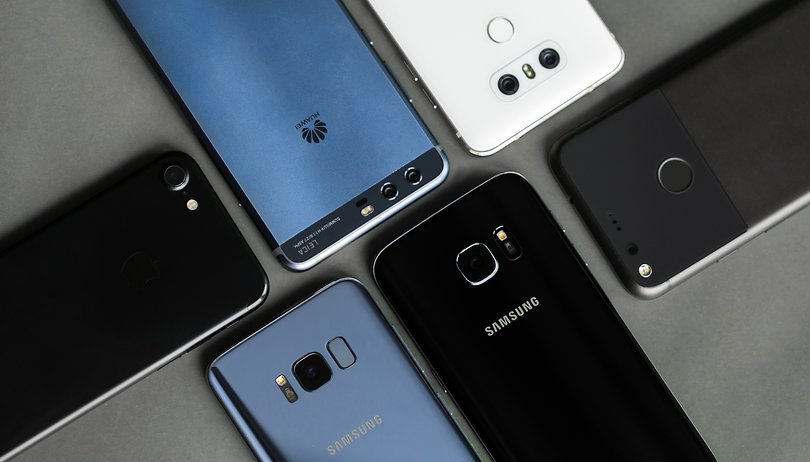
Everyone wants a slice of the smartphone pie and it’s often hard for an uninformed user to find a needle in this haystack. Should you buy a top-range device has features worth boasting about? Or would that just be an excssive and frivolous expense? We decided to look into it.
There’s no ‘simple’ answer to this question as it’s a subjective matter, this need (or want, depending on the situation) differs with each person’s expectations - it goes without saying that everyone is free to do whatever they want with their money.
Generally, you'll only get a top-range device (often called a ‘flagship’) if you want the best smartphone around in all aspects. This doesn’t mean that mid-range devices are bad, the Samsung Galaxy A5 (2017), for example, is proof of a mid-range device with excellent battery life. Generally speaking, it’s worth buying a flagship if you’re looking for at least one of the following aspects.
You should buy a flagship if…
... you want to take high quality photos, videos and sound recordings.
Flagship phones have better hardware (better aperture, more powerful sensors, etc.) and software than mid-range devices. For example, the HTC U11 is now a real benchmark for hardware. Few other flagships have managed to better these two devices.
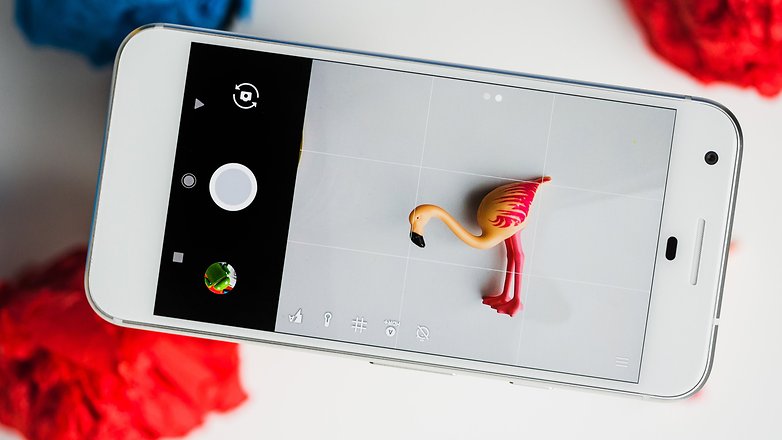
It’s often underestimated but sound is also an important element for a flagship device. It goes without saying that sound quality is generally excellent on top-range devices, even though the device’s loudspeaker has limited importance to the user as they can connect the device to a speaker or a Bluetooth headset. But let’s not forget the importance of the microphone for audio and video recording. If the recording quality is poor, so will be the audio quality. However, the screen resolution and sound quality are generally better on flagships than on mid-range devices.
... you want an attractive smartphone.
We’ve already touched on subjectivity. What is an attractive smartphone? Is it a smartphone that looks like an iPhone (meaning the manufacturer shows little creativity) that’s attractive? Everyone has their own answer to this but one thing is for sure: flagships look more attractive than mid-range devices. Recent trends for smartphones to have a premium design pushes the top-range devices to show more originality and creativity, as we can see with the new Samsung Galaxy S8.
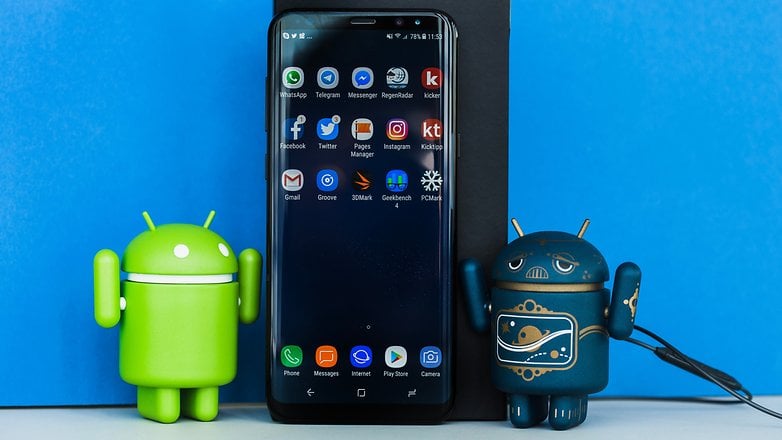
... you want a functional system that can support any game (including VR).
Forget about the design, what about what’s on the inside? Flagships have the components required for launching any app. Unlike mid-range devices, top-range smartphones have the most recent processors (Snapdragon 835 as on the Sony Xperia XZ Premium, the Kirin 960 as on the Huawei P10 or even the Exynos 8895 as on the Samsung Galaxy S8+).
... you want a recent software version.
Oh rage, oh despair, oh software enemy… This is an infuriating topic. Android is extremely fragmented and can barely keep up with its recent versions. In general, the most certain method of getting the latest software version is to buy a new device because it will have it by default. When you buy a flagship, you invest a sum of money that will guarantee (in theory, at least) that you’ll have continual updates for new software versions. Well, with most manufacturers, you’ll have to wait several months to get the update but that’s better than most of the entry-level devices and mid-range devices that, in general, never get the update.
... you simply want the best.
"If you're going to invest in a device, you might as well get the best”. If that’s what you want, or if you just want to impulsively treat yourself, perhaps you should opt for a top-range device.
You shouldn’t buy a flagship if…
... you don't expect much from your device.
Do you only use your smartphone for a few basic functions? Perhaps you only use your phone to make calls, chat on Messenger/WhatsApp from time to time, take a few photos (and photo quality doesn’t bother you) and you have no intention of watching films/videos on your device. If you have limited uses for your device, a top-range device will meet your expectations but why buy a Ferrari if you're only going to use it to do daily runs to the bakery? A mid-range device would probably be enough for what you need.

... you don’t care about Android updates.
If you have limited uses for your smartphone, you’re probably not interested in the latest updates. A lot of people don’t need new features, such as the multi-screen mode that is available on Android with Android Marshmallow (and even before on some devices from other brands). These features are of no use to you, so why would you want the update? For security reasons, of course, but perhaps this isn’t a priority for you.
... you prefer to stream through your tablet, PC or TV.
In theory, you can watch films on any device that supports a multimedia reader or a streaming app. With that said, the more advanced the device, the more pleasant an experience you’ll have: with a flagship device, you’ll have much more storage memory for your information, better stability (you don't want an app that cuts in the middle of the film) and, of course, a screen that is big enough (minimum of 5 inches) and modern enough to offer excellent quality. Having said that, if you prefer a larger screen and a device that specializes in video display, buying a flagship seems a bit pointless.

... you have a limited budget.
We won’t deny it, the biggest disadvantage of flagship devices is their price, which often starts around $600 for the cheapest and can go up to around $1000 for certain brands. While it’s true that you’re buying a small technological trinket and each of its components/each of its technologies come at a price, this price can often make us question whether this investment is really necessary. If you’re hesitating, the answer is probably no.
On a more positive note, the prices of most flagships decrease with time. For example, you can get a Samsung Galaxy S7, that originally cost around $700, for less than $500 today. The disadvantage is this (remember, everything is subjective) is that once the flagship's price decreases, it’s often outdated in one or several aspects.
Do you have any other arguments to add in favor of or against buying a flagship phone?

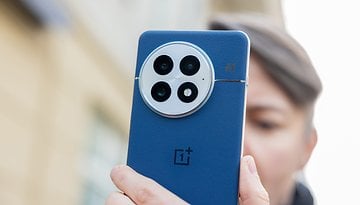


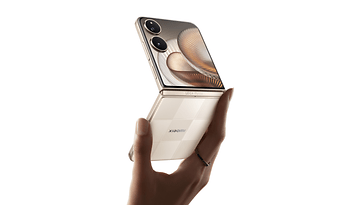
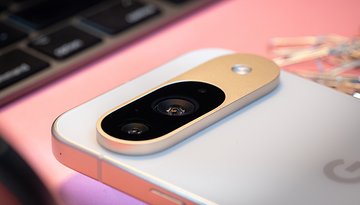








Yes 2017 is turning out to be a great year to upgrade your older phone. I think the second half of the year will be even better why? The 835 & 836 processers & the first year of the 18.9 displays. Plus the return of the note 8, iphone8, the pixal2 & the LGV30! Need I say more!
i have the mi5s+. flagship specs at midrange prices
Video playback and streaming at FHD levels has been well and fully supported in midline devices for years.
"For example, the HTC U11 is now real hardware benchmarks."
This doesn't sound like a sentence.
Thanks for pointing this out, solis! It should read more fluently now :)
I no longer advise people to buy flagships as the mid-range phones can do most everything normal human beings want to do. One feature I use, which I find missing from many mid-range phones, is NFC. The lack of NFC pushed me away from the Moto G+ 5th generation phone for my use, although I've recommended it to many others.
For me the ZTE Axon 7 and the Moto Z Play satisfy everything I'm looking for, although the look of the Moto Z Play is a bit pedestrian compared to the sculptural NextBit Robin which I'm transferring to my daughter to replace her broken one.
Hell, free phones are now capable of doing everything normal human beings want to do. Just got LG Harmony from cricket (no contract) for $10 (same price as sim card), and it's a pretty great smart phone!
Your comment on os currency and updates is misplaced, at least for my experience in the US. New mid line phones are just as current as new flagships. And remain just as current if not better. Most mid line phones are bought unlocked cutting out the carrier update hurdle. They get updates sooner and more often than carrier bloated flagships.
I just ordered a Oneplus 3T, since my Nexus 5X apparently died and doesn't boot up anymore. Would that be a "flagship" device or not? It is almost as powerful (or fast) as the iPhone 7 or the Pixel, so it could be included in the "flagship" category, but then again it does not share the same price tag as the other devices. That's why generalisation and subjective categorisation is tricky in technology.
Very few people actually need the power of new "flagship" smart phone. We all want the latest and greatest it is just human nature. Most of todays mid rangers will more than meet the needs of most people. My trusty old Note 4 still does it all, it's specs are below most of todays midrange phone.
I'm waiting for Note 8 and Pixel 2 to be released. When I compare cameras and design I will decide which one to choose.
There are that many smartphones being released,but it buying the one that suits you or matches your requirements,when i First started buying phones there weren"t as big as they know,Nokia was the phones i prefered as they were very reliable and Symbian was easy to customize,but Nokia began to struggle and Samsung seemed to love solving Nokia"s problems,as the Nokia N95 v Samsung D900,was a good example of difference the N95 became very wobbly sliding phone,but the D900 with Samsung using a Spring type system were more reliable,then when Nokia was done,Samsung became my smartphone choice,from that decision i have been very happy how Samsung have improved my experience using there phones,but sometimes not always happy with Samsung,as the Galaxy S6 models and there idea of trying to gain iPhone users,kept me loyal to the Note 4 over 2 years instead of one,but Samsung knew they made wrong option and brought,one of my choices in buying a phone the micro sd card slot on the S7 models,S7 Edge was a Super phone,but the Screen offer on the S8 Plus knew i had to buy one as soon as i could,so Pleased i made the Right choice and a Amazing phone,but will see in September,if the Note 8 offers better options plus Stereo Speakers and Dual Camera option i might be switching again
I buy the best value -- which means the most features for the price paid. To take out subjectivity I process all the features that I measure through an objectives decision matrix.
The features measured must be available for all the phones I compare. What I measure is the following, all weighted equally:
Price -- lower is better
Android version -- later is better
RAM -- more is better
ROM -- more is better
SD storage -- more is better
Screen size -- bigger is better
Screen resolution -- higher is better
Antutu score -- higher is better
Camera pixels -- more is better
Number of SIM slots -- more is better
Warranty years -- more is better
G (2G, 3G, 4G, 5G) - higher is better
For 2015, the best value was the BLU Pure XL. It was dethroned in 2016 by the ZTE Axon 7, which is the current best value. However, before 2017 ends, I expect the Axon 7 may be dethroned, but so far I don't see a better value.
I think the best value right now is the G6. B&H is selling them for 549.00. To me that's an excellent deal. I don't think you can go wrong at this price!
Why and how would you weigh those things equally?
Is it $1 = 1Gb of RAM, or what?
Or is just a boolean result of the questions you list there? So a phone costing $200 is equally good to an otherwise identical phone that has an extra Gb of memory but costs twice as much?
It makes absolutely no sense.
There's no "best value" nor an objective way to quantify this for everybody. It's just a matter of preference and budget.